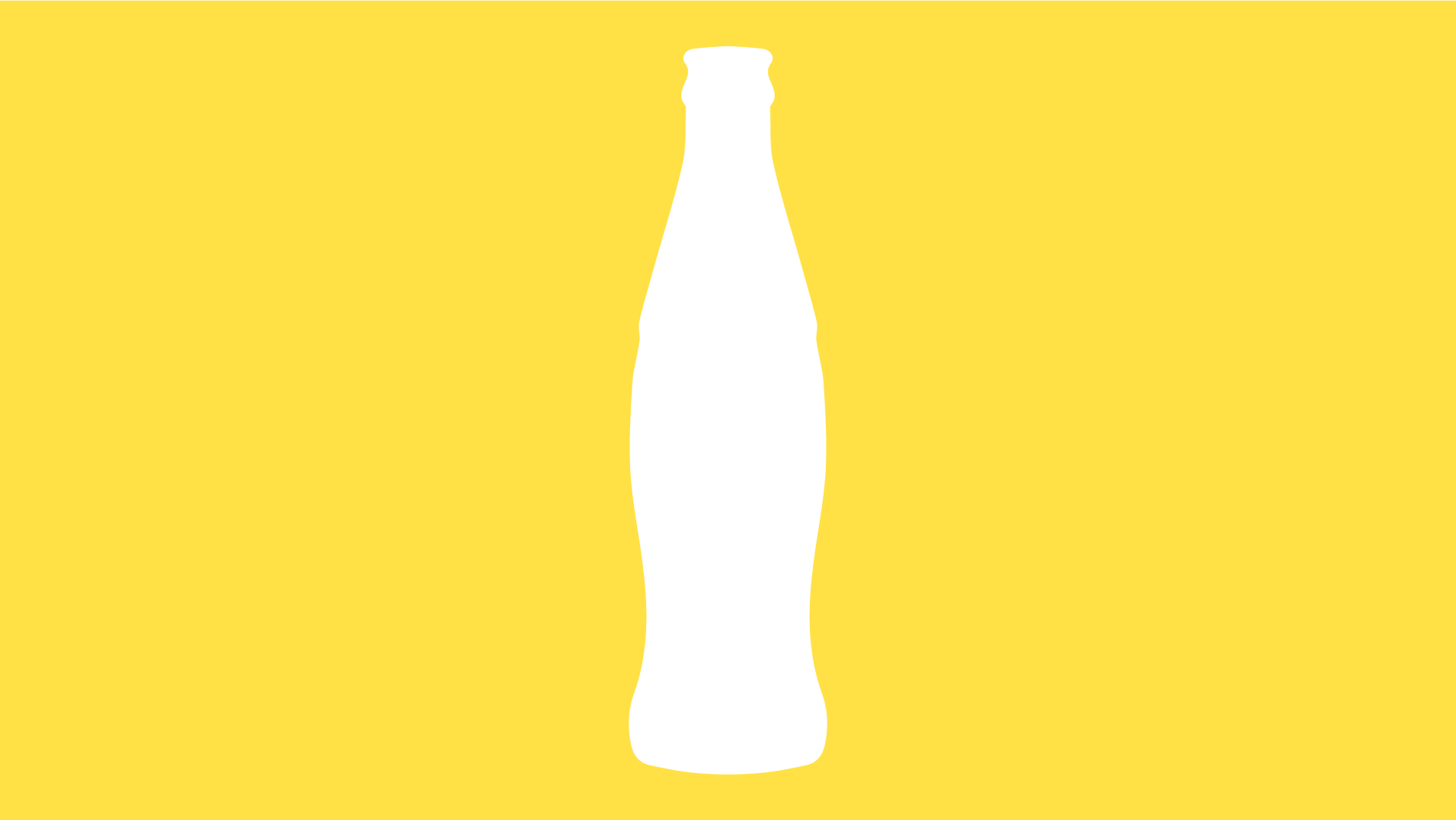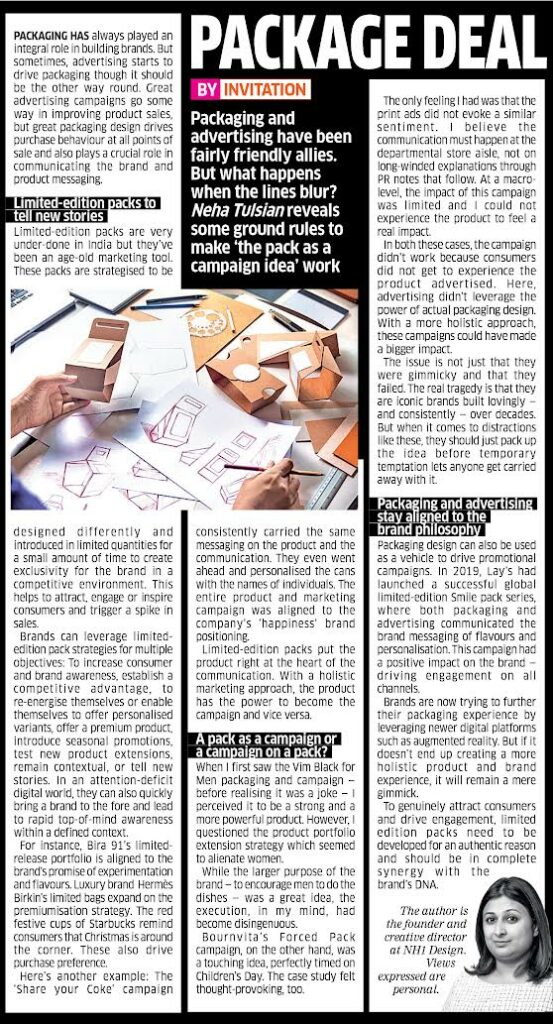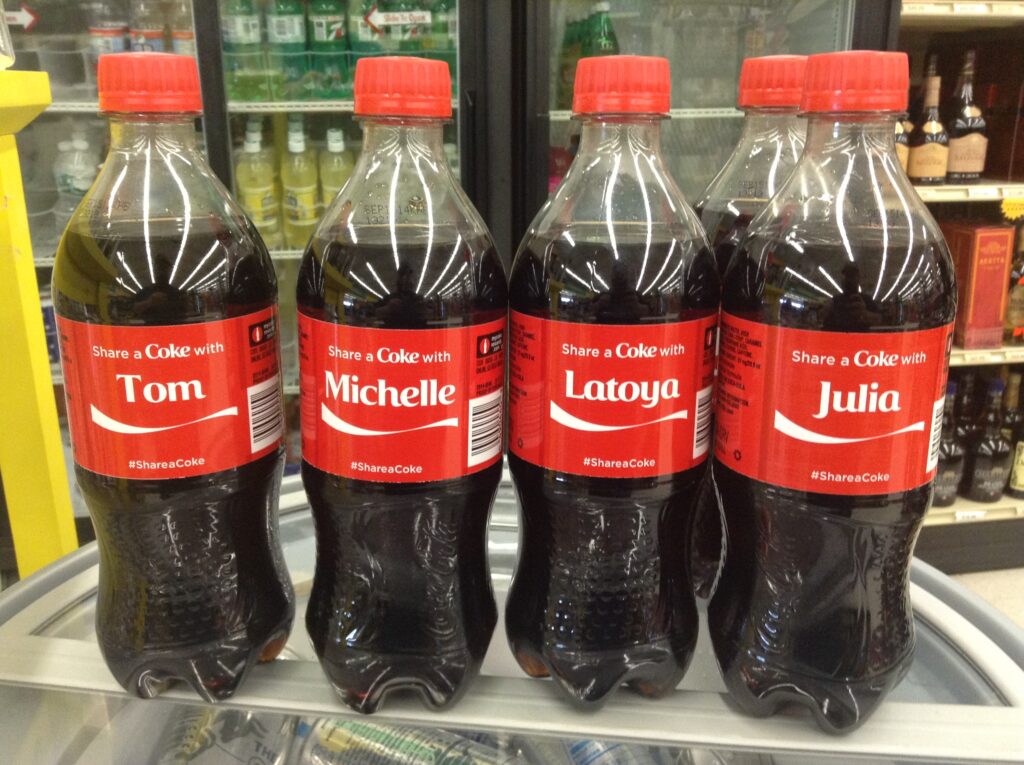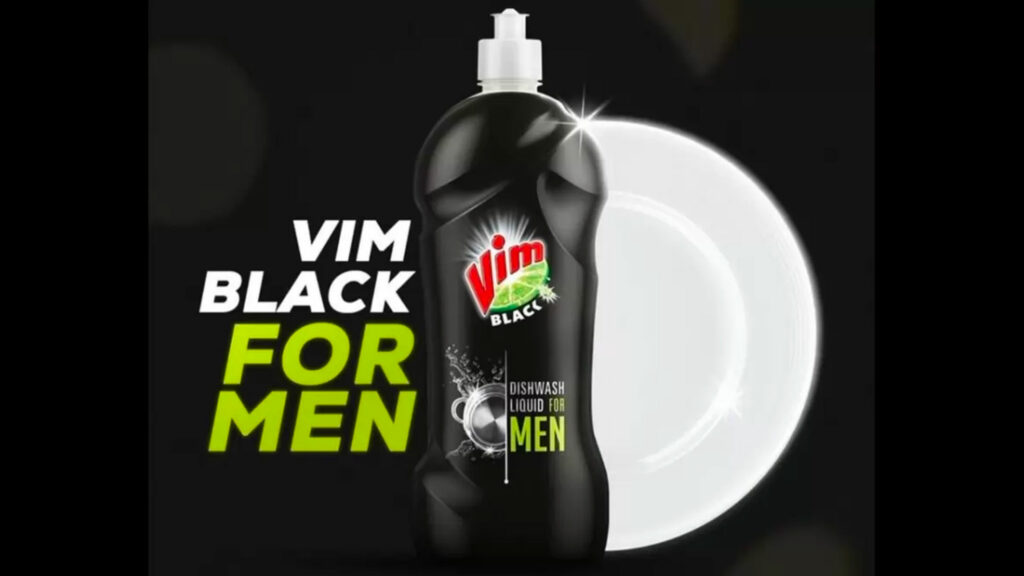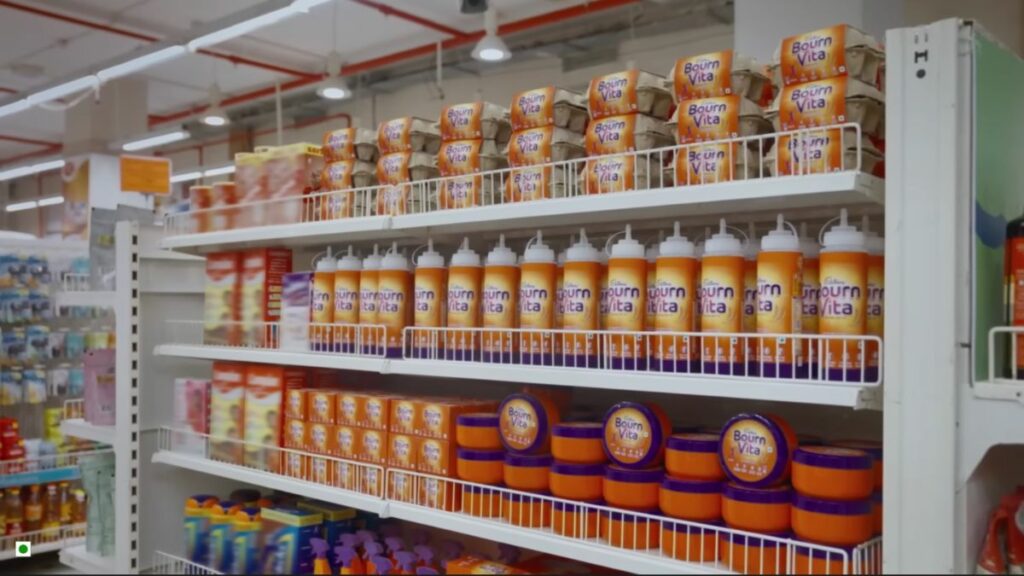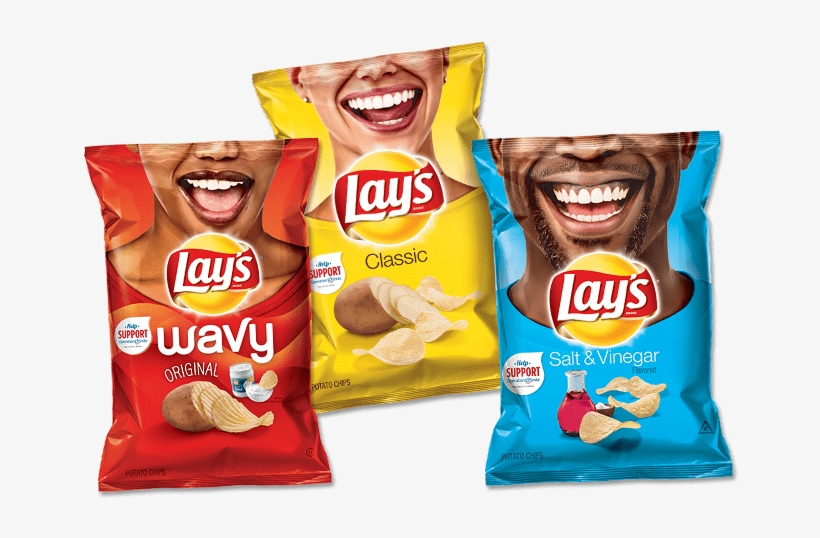Packaging and advertising have been fairly friendly allies. But what happens when the lines between them blur? Some ground rules to make ‘the pack as a campaign idea’ work.
Packaging has always played an integral role in building brands. But sometimes, advertising starts to drive packaging whereas it should be the other way round. Great advertising campaigns go some way in improving product sales but great packaging design drives purchase behaviour at all points of sale and plays a crucial role in communicating the brand and product messaging.
Limited edition packs: an opportunity to refresh packaging and tell new stories.
Limited edition packs are very under-done in India but they’ve been an age-old marketing tool. These packs are strategised to be designed differently, and introduced in limited quantity for a limited time to create exclusivity for the brand in a competitive environment. This helps brands to attract, engage or inspire consumers and trigger a spike in sales.
Brands can leverage limited edition pack strategies for multiple objectives: to increase consumer and brand awareness, establish a competitive advantage, to re-energise themselves or enable themselves to offer personalised variants, offer a premium product, introduce seasonal promotions, test new product extensions, remain contextual, and tell new stories. In an attention-deficit digital world, it can also quickly bring a brand to the fore and lead to rapid top-of-mind awareness within a defined context.
For instance, Bira 91’s limited release portfolio is aligned to the brand’s promise of experimentation and flavours. Luxury brand Berkin’s limited bags expands on the premiumisation strategy. Starbucks’ red festive cups reminds consumers that Christmas is around the corner. These also drive purchase preference.
Here’s another example: the ‘Share your Coke’ campaign consistently carried the same messaging on the product and the communication. They even went ahead and personalised the cans with names of individuals. The entire product and marketing campaign was aligned to the company’s ‘happiness’ brand positioning.
Limited edition packs put the product right at the heart of the communication. With a holistic marketing approach, the product has the power to become the campaign and vice versa.
A pack as a campaign or a campaign on a pack? ‘Vim Black for Men’ and Bournvita:
Lost opportunities?
When I first saw the Vim Black for Men packaging and campaign – before realising it was a joke – I perceived it to be a strong and a more powerful product. However, I questioned the product portfolio extension strategy which seemed to alienate women. While the larger purpose of the brand – to encourage men to do the dishes – was a great idea, the execution, in my mind, was disingenuous.
Bournvita’s Forced Pack campaign on the other hand, was a touching idea, perfectly timed on Children’s Day. The case study felt thought-provoking, too. The only feeling I had was that the print ads did not evoke a similar sentiment. I believe the communication must happen at the departmental store aisle; not on long-winded explanations in PR notes that follow. At a macro-level, the impact of this campaign was very limited, and neither could I experience the product to feel a real impact.
In both these cases mentioned earlier, the campaign didn't work because consumers did not get to experience the product advertised. Here, advertising didn’t leverage the power of actual packaging design. With a more holistic approach, both these campaigns could have made a bigger impact.
The tragedy is not just that both were gimmicky and that they failed. The real tragedy is that both are iconic brands built lovingly – and consistently – over decades. But when it comes to distractions like these, they should just pack up the idea before temporary temptation lets anyone get carried away with it.
Packaging and advertising needs to be aligned to the brand philosophy.
Packaging design can be used as a vehicle to drive promotional campaigns. In 2019, Lay’s had launched a successful global limited edition Smile pack series where both packaging and advertising communicated the brand messaging of flavours and personalisation. This campaign had a positive impact on the brand – driving engagement on all channels.
Brands are now trying to further their packaging experience by leveraging newer digital platforms such as Augmented Reality. But if it doesn't end up creating a more holistic product and brand experience, it will remain a mere gimmick.
To genuinely attract consumers and drive engagement, limited edition packs need to be developed for an authentic reason and should be in complete synergy with the brand’s DNA.

